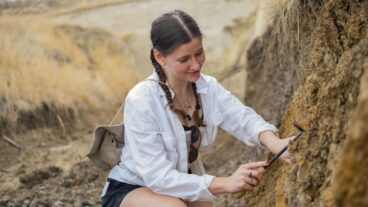With so much fun and culture to be experienced in Israel’s cities, it is easy to overlook the well-crafted museums, archives, monuments and gardens awaiting visitors on the campuses of one of the world’s most educated countries.
You’ll be surprised to find the myriad of awesome things available just around the corner, down the block, or in the surrounding nature of these campuses too.
Here are 14 activity suggestions that will have you looking at Israel through a different set of eyes.
The crowning jewel of North Tel Aviv, this urban campus boasts more than just a diverse course catalogue.
Museum of the Jewish People (Beit Hatfutsot)
Located on the TAU campus, this museum chronicles the 4,000-year history of the Jewish people by exploring the narratives, faith, family life, culture and unique identities of Jewish communities around the world.
Multidisciplinary permanent and temporary art exhibitions, as well as lectures and courses, make up the vibrant museum. The two core exhibits focus on famous Jewish trailblazers throughout history and a display of miniature historical synagogues from all over the globe.
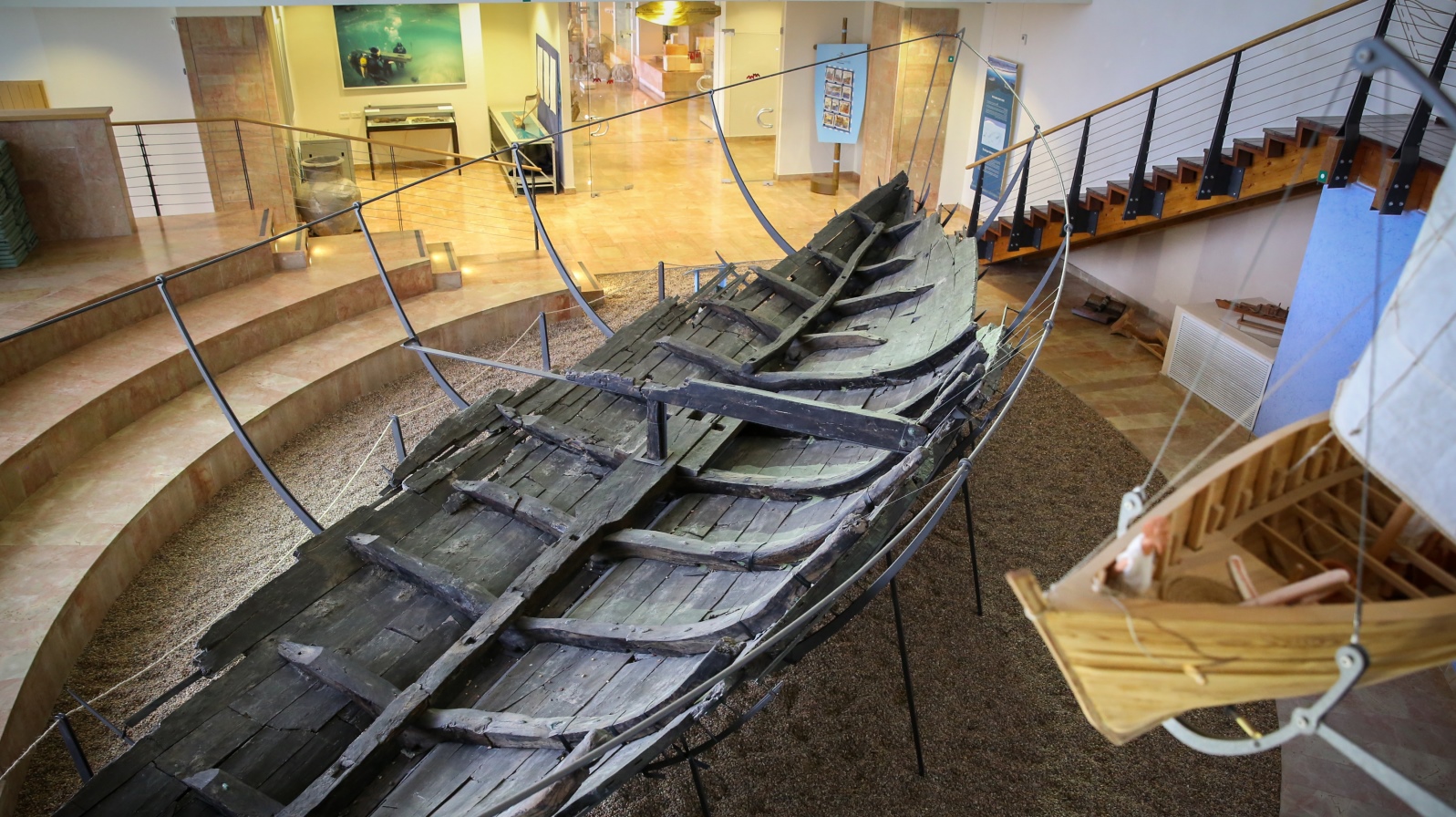
Temporary exhibits now include “Forever Young – Bob Dylan at 75” and “Operation Moses – 30 Years After,” detailing the experience of Ethiopian Jews relocated to Israel in the 1980s.
Just down the street from the university campus, on Chaim Levanon Street in Ramat Aviv, is another fascinating institution. The Palmach Museum tells the story of Israel’s pre-state elite strike force through immersive multimedia, documentary and video experiences.
Visitors start the journey as a group of new recruits, and continue all the way through landmark events as they get deeper into the museum, up through the end of the 1948 War of Independence. The final room is dedicated to those who lost their lives in fierce battles, a harsh reality that makes the surrounding flourishing cityscape seem that much sweeter.
The Tel Aviv University Botanical Garden includes 27 sections featuring different types of plants, such as cacti and succulents, medicinal herbs, biblical species and more. An afternoon stroll there makes for a relaxing break from the fast-paced city outside the campus.
Also check out the botanical gardens at Hebrew University of Jerusalem, which includes archaeological ruins; and the Botanical Gardens of the Technion in Haifa along the Israel National Trail.
BEN-GURION UNIVERSITY OF THE NEGEV
This university in Beersheva, Israel’s largest desert city, carries the name of Israel’s first prime minister, who had a soft spot for the then mostly undeveloped south. The school is known for its eco-innovation, on-campus activities and exciting dorm life for students from all over the country.
Monument to the Negev Brigade
Trek just east of the university campus, past the Beersheva North train station and high-tech park, and you will reach the Monument to the Negev Brigade — a series of concrete sculptures and symbolic structures commemorating 325 soldiers who fell in the Negev during Israel’s War of Independence.
Set apart from the sprawling city below, the winding structures also capture the sounds of the desert and its whistling winds. This is an especially moving place to visit at sunset and after nightfall, when the lights of the ever-growing city sparkle against the backdrop of the night sky.
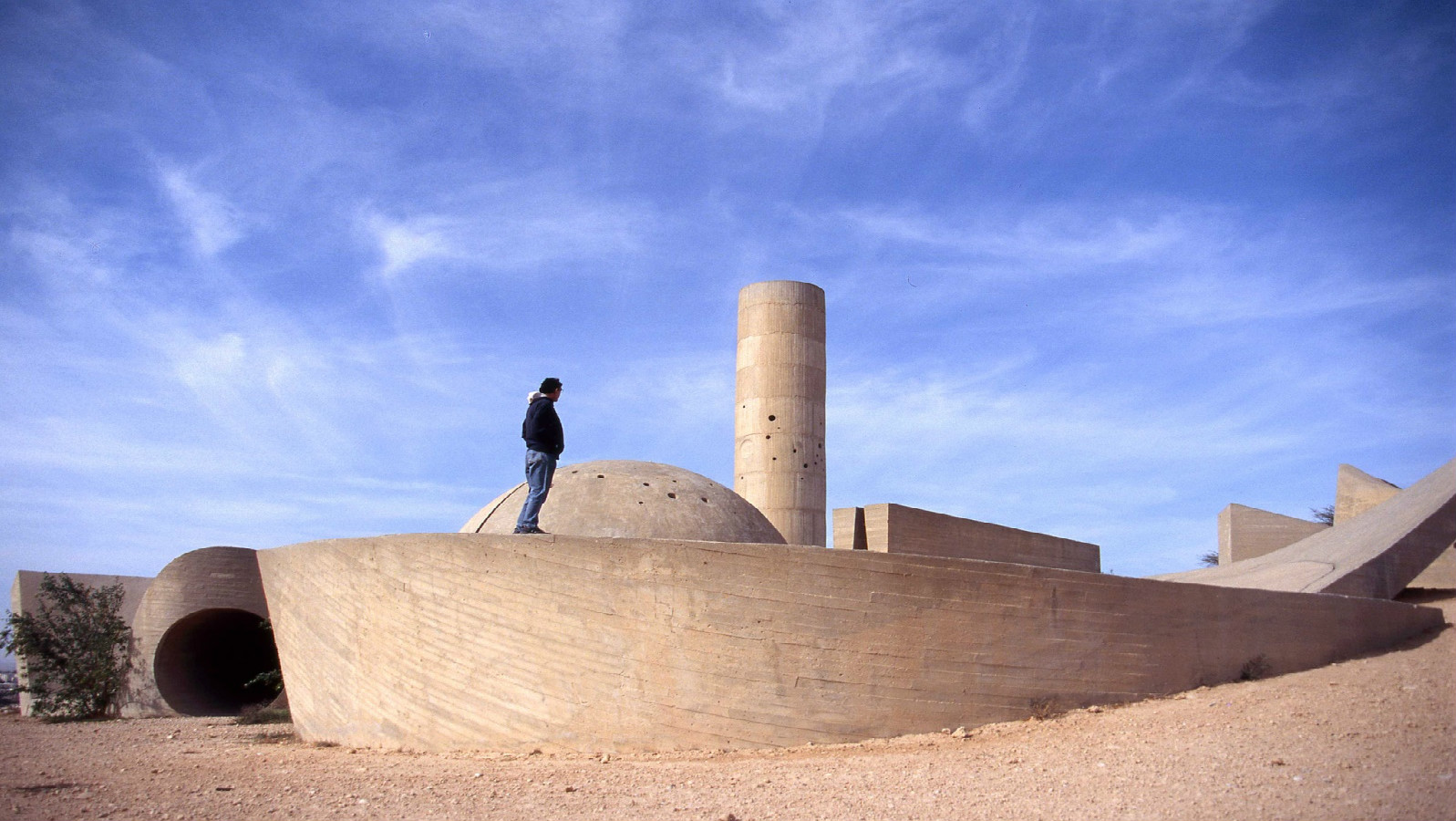
A few minutes’ drive from the BGU campus, in Beersheva’s Old City, the Carasso Science Park is made up of both modern and historical Ottoman-era structures. Opened in 2013 on 4.25 acres, the museum’s campus includes 10 interactive exhibits on topics such as genetics, communication and the start of the Internet, microelectronics and nuclear energy, as well as technological and scientific games and activities. The park includes three exhibition galleries, an outdoor sculpture garden and a children’s playground with an interactive fountain.

The Carasso Science Park, the largest museum of its kind in Israel, is fronted by a vintage Turkish building. Photo courtesy
Located in Rehovot in central Israel, Weizmann is one of Israel’s – and the world’s — top research institutes. However, it might be the campus itself, and its historical landmarks, that leave you intrigued to spend a day or two there.
The beautifully landscaped, gated university campus is home to 25 historical buildings including the Weizmann House, former home of scientist Chaim Weizmann, Israel’s first president, for whom the institute is named.
The house is an exact preservation complete with all his belongings, including his Lincoln car parked out front, flourishing gardens, and his wife Vera’s bakeware in the kitchen. You’ll find yourself stepping back into a time when the personal life of public figures was kept hidden beneath the surface. The Weizmanns’ graves are located outside the house.
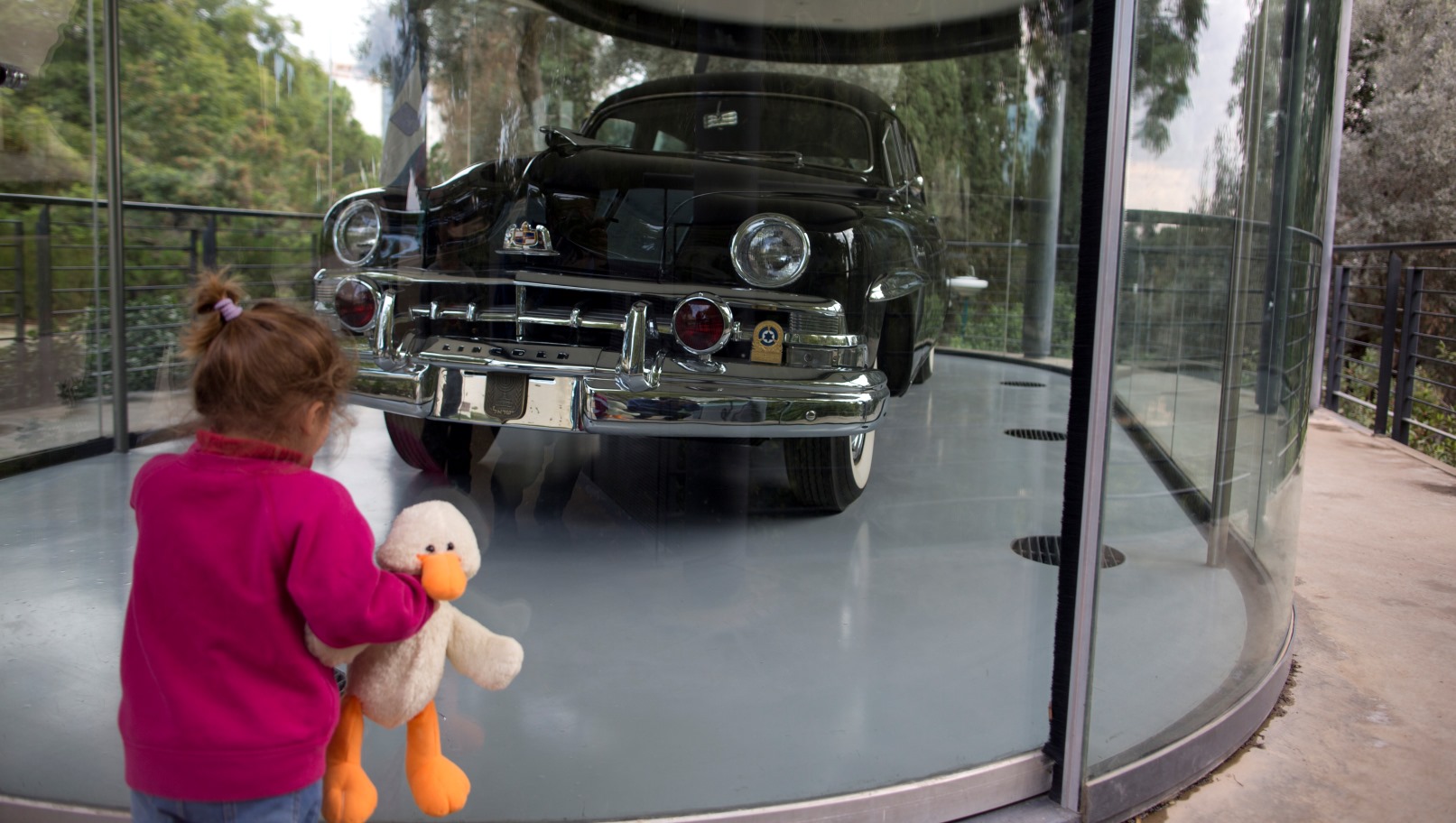
The Clore Garden of Science on the Weizmann campus consists of a series of open-air hands-on science exhibits that get to the core of how things work in the natural world. It is great for kids and fascinating for all ages. Explore on your own, or join a group tour led by instructors. Bring a picnic lunch to enjoy on one of the grassy knolls nearby.
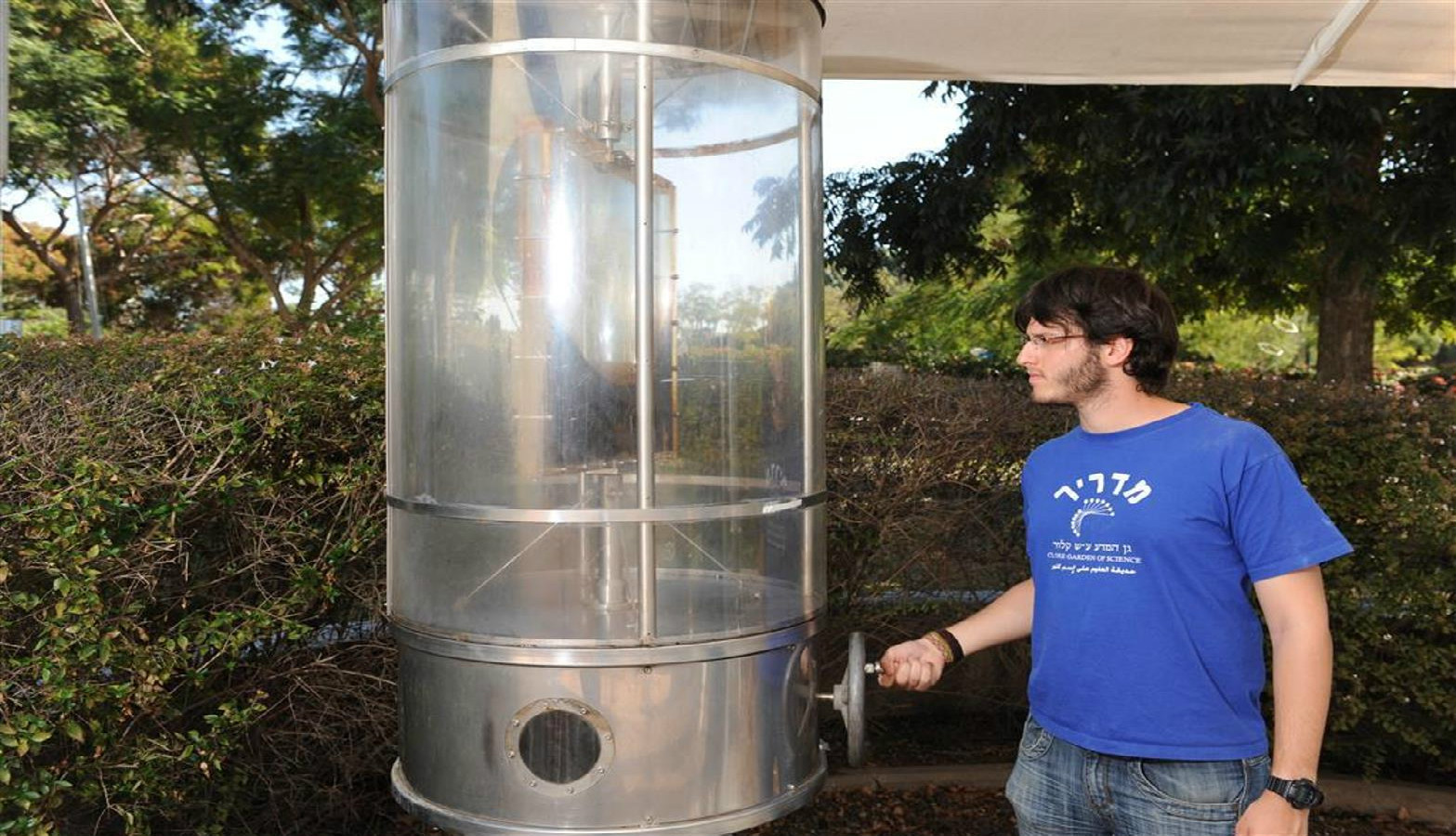
Ayalon Institute Bullet Factory
Just off campus, you’ll also want to stop into the Ayalon Institute. This historical landmark takes you underground to a clandestine Palmach bullet factory from the days of the British Mandate, hidden beneath the floor of a kibbutz laundry room. Learn the story of the workers who risked their lives, and walk in the footsteps of the pre-state era pioneers.
HEBREW UNIVERSITY OF JERUSALEM
This university, one of the country’s first such institutions, has campuses on Mount Scopus and on the forested Givat Ram neighborhood near some of the country’s best museums.

Set out across either campus on your own to learn about the expansive history and commemorative landmarks of the university, by choosing one of two written guides to lead you. Absorb the magnitude of the places you cross, as you dig one layer deeper into the modern era of Jerusalem.
Just two minutes outside the nature-rich Givat Ram campus is the Biblical Lands Museum, next to the more well-known Israel Museum. This archive of artifacts from across the ancient Near East features such exhibits as “Jerusalem in Babylon: New Light on the Judean Exiles,” which takes you on a journey from the destruction of the First Temple through the daily life of Jews in Babylon.
The main exhibit documents the ancient civilizations of the Middle East and Mediterranean through the ages, including collections of classic Greek and Roman art and artifacts.

Into that enchanting old-book smell? Adjacent to the Givat Ram campus is Israel’s National Library, which holds original manuscripts of Sir Isaac Newton and a collection of Albert Einstein’s works, among many other collections such as rare books and Hebrew texts, Islamic works dating back to the sixth century, and an assemblage of historical Israeli periodicals, archives and even marriage contracts. Guided tours take place each Thursday at 11am.
Bordering the Carmel Forest near charming Druze villages, Haifa University enjoys a peaceful and green corner of the city. Views down to the sea and out into the vast mountainous expanse to the north make it a coveted place to study arts and sciences, and a great place for tourists to visit.
Eshkol Tower lookout
This 30-story building on top of the Mount Carmel campus since 1978 can be seen from other cities, and is often the first glimpse of Haifa when approaching from the north. It is also the best vantage point in a city filled with lovely bay views. Brave the heights and winds, and make the top of this building your first stop in Haifa U.

Visit the nearby wooded JNF Nesher Park for a short family-friendly hike through the rocky wooded path and over the hanging bridges suspended over the river valley below. Other paths provide longer trails for hiking and biking, and a picnic and barbecue area makes for a pleasant afternoon spot among the tall pines.
Based on the original collection of archaeological artifacts of its founder, scientist and collector Reuben Hecht, the Hecht Museum features pieces displayed chronologically from the Chalcolithic period up through the Byzantine period in ancient Israel.
Particular collections of interest are Jewish coins and seals from the biblical period, “Phoenicians on the Northern Coast of Israel in the Biblical Period,” a display of early arts and crafts, and works of famous European Jewish painters such as Monet and Modigliani.












